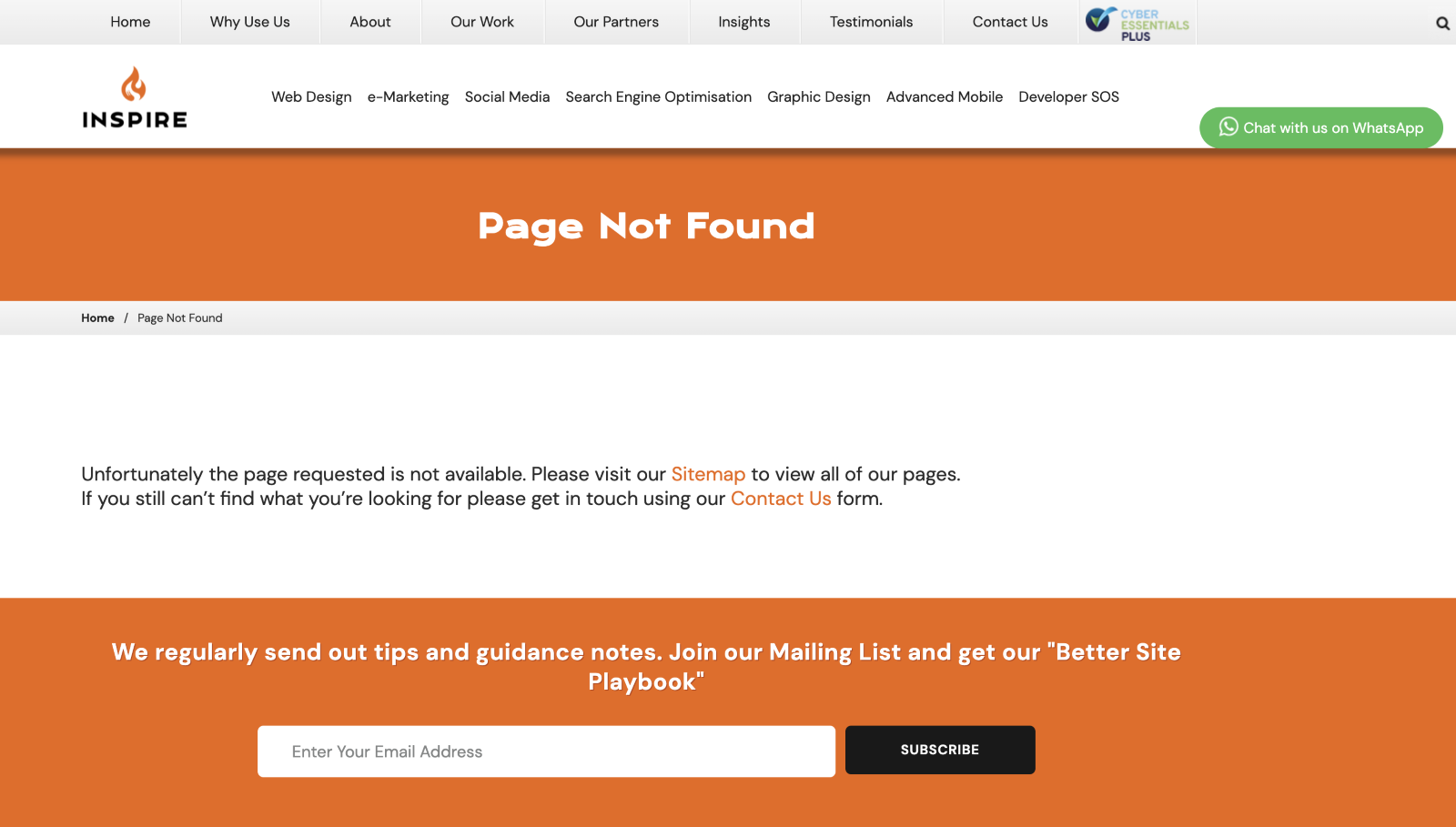How Can E-Commerce Brands Effectively Navigate Peak Seasons with SEO? |
||||||||||||
|
by David Dwyer on 19/06/2024 |
||||||||||||
|
You might think three months is plenty of time when you're eagerly waiting for something exciting. But for e-commerce businesses gearing up for the holiday season, it's a race against the clock. With peak shopping seasons like Black Friday, Cyber Monday, Christmas, and Valentine's Day just around the corner, there's a golden opportunity to boost sales and reel in new customers. However, it's not all smooth sailing. Competition from other online retailers is fierce, and standing out becomes crucial. That's where seasonal SEO comes into play. So, how do you get your e-commerce store holiday-ready? Here are some tips to help you craft and execute a killer marketing strategy during these peak shopping seasons. What is seasonal SEO?Seasonal SEO is all about seizing the moment when interest in certain products and services peaks. It's like catching a wave of opportunity to drive more sales within a limited timeframe. For e-commerce success, seasonal SEO is a game-changer. It helps businesses make the most of those crucial times when everyone's looking to buy. While we can't predict exactly when those buying frenzies will happen, we can make sure your products show up right where your customers are searching. So, how can you make sure you're riding that wave of customer interest to e-commerce success and how important is it, really? Importance of seasonal SEO for e-commerce brandsAs the seasons shift, so does your audience's shopping behaviour. While some products remain in demand year-round, others ebb and flow with seasonal trends. To ensure you're tapping into your audience's needs when they're at their peak, it's essential to optimise your e-commerce for seasonal SEO. Seasonal SEO is your ticket to boosting visibility for seasonal products when your potential customers are actively seeking them out. By aligning your marketing efforts with the times when your products are most in demand, you can drive higher conversions and tap into new revenue streams. Marketing your products during their peak seasons is key, especially if they're seasonal items. By capitalising on these high-demand periods, you can offset slower sales months and maintain a steady flow of revenue. Planning and executing holiday SEO campaignsPlan in advanceWhile it may seem like common sense, planning for seasonal peaks can often take a backseat amidst daily business activities. We recommend looking ahead at least a quarter in advance. For instance, your Christmas strategy should ideally be mapped out in Q3. This is particularly crucial for SEO and marketing activities. Aim to launch new seasonal landing pages at least three months before your peak period. This gives search engines like Google ample time to crawl and index your fresh content. Analyse past dataExamining data from previous seasonal peaks provides valuable insights into trends, opportunities, and potential pitfalls. This analysis helps you proactively plan and address any issues to ensure a smoother operation. It also aids in identifying when your business typically experiences peak activity, guiding your strategic planning efforts. Monitor inventoryAvoid the frustration of promoting products that are out of stock by closely monitoring your inventory. Analysing past-year data can help forecast stock levels accurately, enabling you to make informed decisions about replenishment and avoid missed sales opportunities. Develop fresh contentComplement your commercial pages with new content that directs traffic to seasonal product pages. Crafting seasonal-specific content allows you to target relevant keywords and leverage multiple marketing channels, such as social media and email campaigns. Optimise existing contentUpdate and optimise existing content from previous years to align with current seasonal trends. This includes refreshing blog posts, product landing pages (PLPs), and product description pages (PDPs) with updated keywords and highlighting any discounts or promotions. Enhancing on-page elements like title tags can improve click-through rates (CTR) and drive sales. Ensure technical stabilityAvoid website glitches and crashes during peak traffic periods by conducting a thorough technical review beforehand. Address issues such as broken links, slow loading times, and navigation challenges to enhance user experience and prevent conversion setbacks. Simplify returns processStreamline the returns process to provide customers with a hassle-free experience. Clear and easily accessible return policies foster trust, improve user satisfaction, and encourage repeat business. How to optimise website performance for increased trafficOnce you've analysed seasonal trends and devised a strategy, it's time to put it into action through your website's content. Here’s how you can do that: Craft seasonal contentCompanies that produce top-notch content, such as blogs, typically attract 55% more visitors. Hence, generating valuable and captivating seasonal content is crucial for driving targeted traffic to your site at the opportune moment. Tailor your content to products and services relevant to your audience's current needs. For instance, on Valentine's Day, spotlight romantic gifts with blogs like "10 Gift Ideas to Give Your Significant Other This Valentine’s Day" or "Last Minute Gifts to Give Your Partner This Valentine’s Day" While subtly promoting your products, ensure the content genuinely assists your customers and fulfils their search intent. Revamp existing contentSeasonal SEO optimisation doesn't always necessitate churning out new content annually. Since annual events occur repeatedly, you can simply update existing content each year instead of creating fresh ones. For instance, a blog titled "Thanksgiving Gifts for 2020" can seamlessly transform into "Thanksgiving Gifts for 2024." Update the dates, refresh factual data like statistics, incorporate new relevant information, and then republish to rejuvenate the existing content. When optimising for seasonal SEO, it's advisable to steer clear of including dates wherever feasible, especially in the URL, to maintain evergreen content. Additionally, consider crafting separate category pages for popular events like Christmas and Valentine’s Day and add them to the header and footer a month in advance if relevant to your business. Employ appropriate keywordsKeywords serve as the foundation of SEO, so selecting the right ones is pivotal to your website's performance. Aim for at least one primary and one secondary keyword, with tertiary keywords being supplementary. Strive to incorporate your primary keyword into metadata, H1 tags, image alt texts, and throughout the content. Monitor their performance and swap out keywords if necessary. When refreshing old content, evaluate its past performance and update with new keywords to enhance performance as needed. Incorporate relevant imagesImages play a crucial role in captivating your audience and aiding their comprehension of your website's content. They break up lengthy text blocks and enhance content consumption. Thus, optimising for seasonal SEO involves updating your website with pertinent graphics, images, and other visual elements of communication
For instance, if you're selling Christmas-themed cakes, include images and graphics featuring Santa Claus, reindeer, or pine trees to evoke the seasonal ambience. Employ attractive visuals to captivate even those customers seeking unrelated items. Manage your inventory and fulfilment strategiesLastly, is there anything more disappointing than searching for the perfect gift, only to discover that it's out of stock? Or even worse, the item has vanished from the website altogether? While selling out of a product is often seen as a positive for most e-commerce stores, it can be a frustrating experience for users. Before you remove a product page or label it as "out of stock," it's crucial to have a plan in place to maximise the traffic that reaches that page. Every time you remove a page or product, you risk creating a void for your customers, potentially causing them to leave your site or worse, turn to your competitors for similar items. This results in lost revenue opportunities for your business. To address this, you'll need a strategy for handling out-of-stock products. Here’s what you can do to maintain a product's value even when it's out of stock:
Getting through the period after the peak seasonAs you gear up for peak season this 2024, don't forget to include post-peak returns in your strategy discussions. It's not just about handling the rush but also efficiently managing the aftermath to stay competitive. Here’s what you can do after the peak season:
Ready to crush this year’s peak season?At Inspire Digital, we understand that the holiday season can be overwhelming for e-commerce businesses. That's why we're here to support you in achieving your revenue targets with our suite of enterprise SEO tools. Our team is skilled in empowering large enterprise sites, like yours, to excel by providing actionable insights that enable you to:
Discover how our SEO team can elevate your performance and drive success during the seasonal sales rush. Let’s talk about it! |
||||||||||||
|
Black Friday, Cyber Monday, Digital Marketing, Digital Trends, e-commerce, Online Stores, Product or Service, Search Engine Optimisation
|
||||||||||||
|
|






















